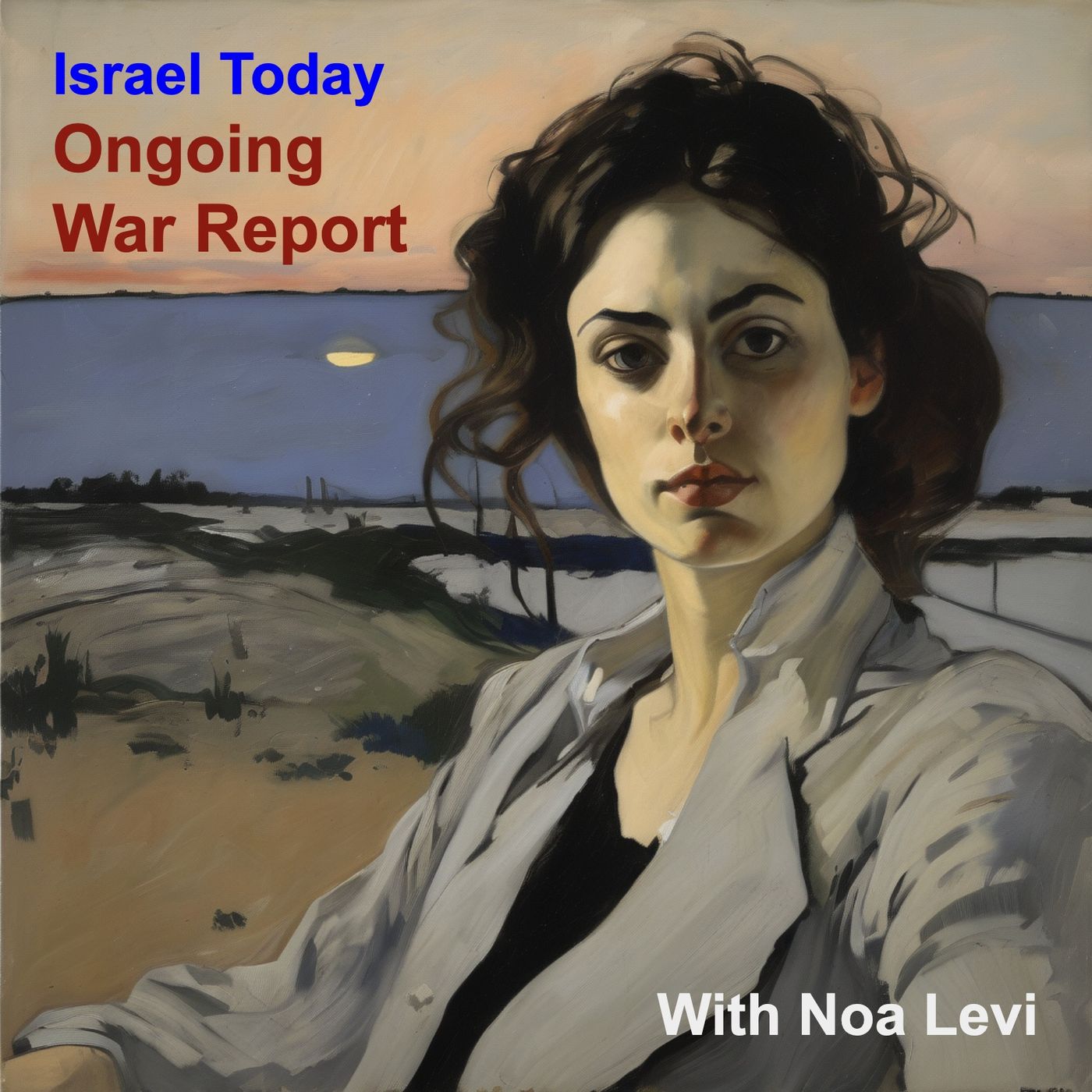Podcast Episode Details
Back to Podcast Episodes
Israel Today: Ongoing War Report - Update from 2025-09-26 at 10:05
HEADLINES
Turkey US agree on Gaza ceasefire path
UNSC votes loom over Iran nuclear snapback
Global Sumud Flotilla moves toward Gaza
The time is now 6:00 AM in New York, I'm Noa Levi and this is the latest Israel Today: Ongoing War Report.
This morning the region sits at the crossroads of diplomacy and conflict as new conversations unfold and old lines of pressure hold firm. In Washington, Turkish President Tayyip Erdogan says he and US President Donald Trump have reached an understanding on how to move toward a ceasefire and lasting peace in Gaza and the broader Palestinian arena, with a two-state solution identified as the central pillar of any durable settlement. The discussions also touched on defense cooperation and expanding trade, signaling that the Turkish-US relationship remains active as both sides weigh strategic leverage in a volatile neighborhood.
In Jerusalem and in the corridors of power abroad, attention is turning to Iran’s missile and nuclear programs. After satellite imagery reportedly showed reconstruction at key missile sites, leaders in Israel and the United States are preparing to press Tehran on its nuclear ambitions and its ballistic capabilities. Both sides have vowed to counter threats they see from Iran, emphasizing that whatever progress is made must endure amid the region’s fraught security landscape.
On the Gaza front, a global aid initiative known as the Global Sumud Flotilla is moving east from Greece toward Gaza despite warnings from Israel. Activists, including notable public figures, are pressing international attention on the blockade, raising tensions at sea as the flotilla transits international waters.
Iran’s nuclear diplomacy remains in flux as Tehran conditions cooperation with the International Atomic Energy Agency on the broader political climate surrounding Western sanctions. Tehran warned it could cancel its nuclear inspection agreement if UN sanctions are reimposed, and the UN Security Council was preparing votes that could trigger a snapback in measures tied to Iran’s nuclear program. The dynamic underscores how sensitive the timing of diplomacy and pressure can be for a regime implicated in a broad regional contest.
Lebanon’s scene remains deeply linked to the fate of Hezbollah. The group, long a stabilizing concern for some in the region and a destabilizing force to others, has suffered high-profile losses in past campaigns, while Lebanon’s government continues efforts to bring Hezbollah’s arsenals under state control. At the same time, Hezbollah marked the deaths of its leaders with a public display on Beirut’s Raouche rock, a show that drew sharp criticism from authorities who urged restraint and warned against using public symbols for political messaging. The balance here remains fragile, with Lebanon trying to maintain internal security while resisting pressure from outside influences.
In Gaza, Hamas’s capabilities appear diminished compared with prior years, yet the hostage situation persists and civilians inside and around the territory bear the brunt of the ongoing confrontation. The humanitarian and security calculus remains precarious as international actors weigh ways to prevent further catastrophe while acknowledging Israel’s need to defend its people and its borders.
From Yemen, Houthi attacks continue, with defense officials describing an escalation that expands the group’s capacity to strike Israeli targets. Reports point to a sophisticated, Iran-linked program that broadens the theater of potential confrontations and adds pressure to a region already stretched by multiple fronts.
In the broader security and energy sphere, a strategic accord between Russia and Iran worth about $52 billion seeks to expand Iran’s civilian nuclear energy infrastructure by building four new power plants on Iranian soil. Observers caution that the arrangement deepens Iran’s
Published on 1 month, 1 week ago